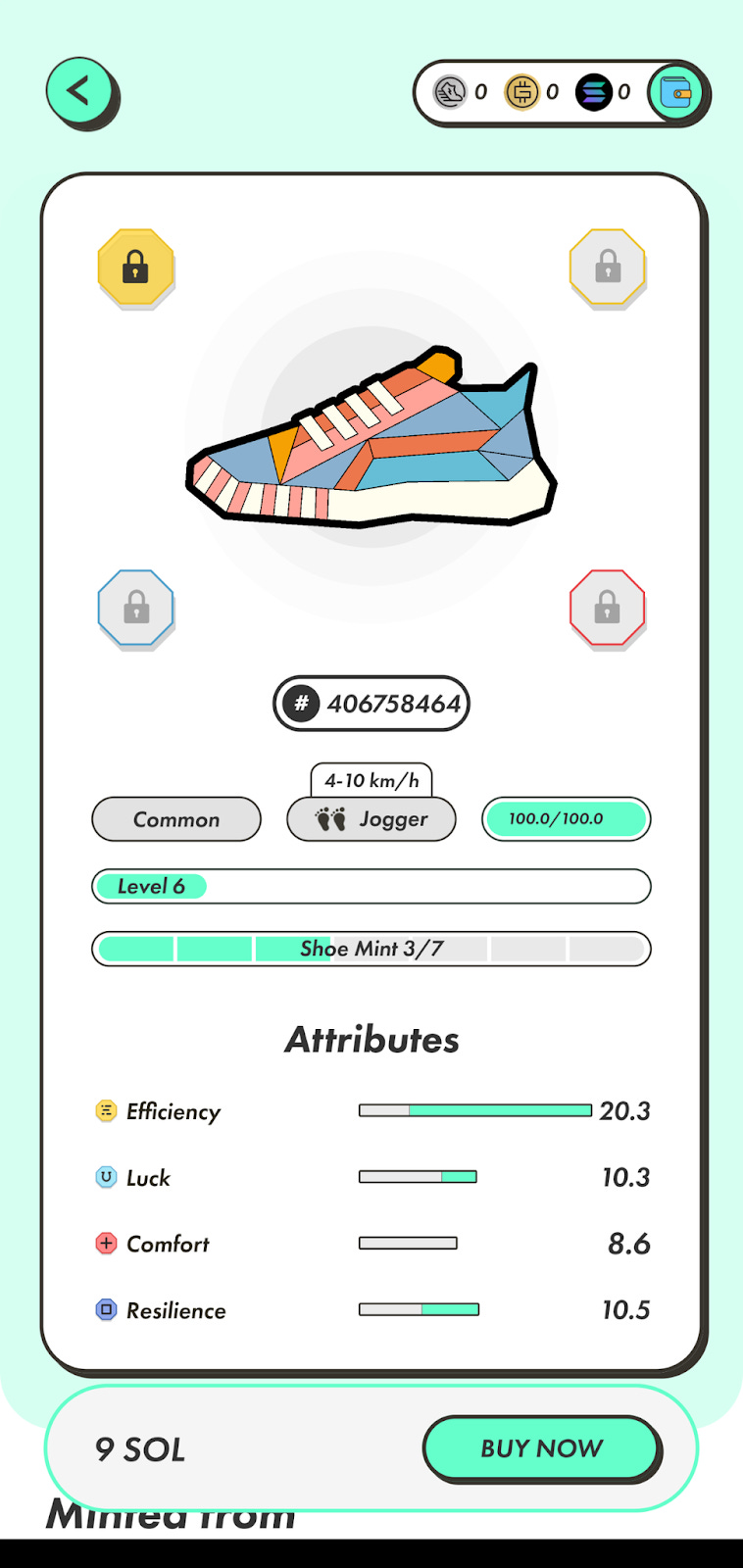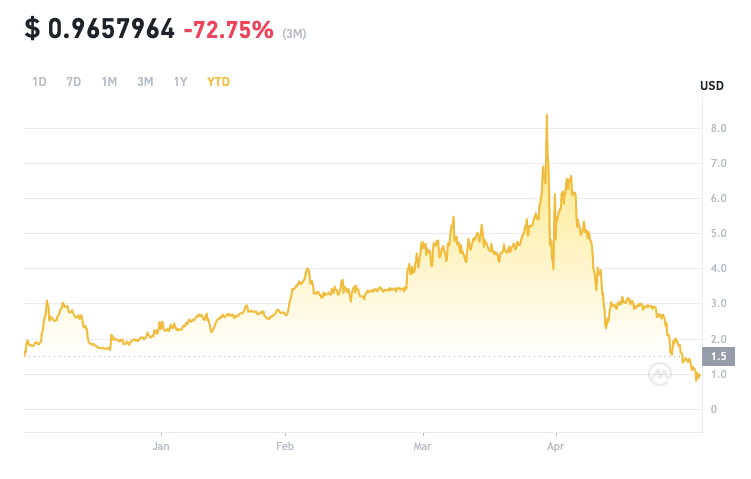🖐️ This App is...Paying Users to Run?! What is "Move-to-Earn"?
TL;DR: StepN is a "Move-to-Earn" app that is rewarding users for staying fit
Estimated Reading Time: 2 mins 49 secs
Thank you for reading Explain Like I’m 5. If you find value in reading this newsletter once a week, feel free to share it with a curious friend!
After talking about Play-to-Earn Gaming, one could only assume another X-to-Earn app would come onto the scene.
While many people chuckle at the idea of running even a mile in the course of a year, there are many brave individuals who do run for enjoyment and health benefits.
Now imagine if these runners could be rewarded real money for running.
Or better yet, YOU could be rewarded for simply walking your dog, or even jogging in your neighborhood for a couple of minutes per day…
Well, you can thank the founders of a new “Move-to-Earn” Web3 lifestyle app called StepN for the chance to make money while moving outside.
What is StepN?
The idea is simple. As seen on StepN’s website, players can earn money for walking, jogging, or running outdoors.
Their goal is to inspire people to live healthier lives and work to achieve carbon neutrality.
Sounds Cool Right? Let’s Dive Into How StepN Works…
Users must first download the StepN app, which currently is invite-only and has a very long waitlist.
However, StepN does release thousands of new invite codes for users to join each day.
Users then must first purchase an NFT sneaker for ~$500 USD (Yes in addition to your Nike Freerunners) which allows them to earn cryptocurrency rewards for walking, jogging, or running.
The prices of the sneakers depend on factors like rarity, earning potential, and recharge time (Resilience) needed for the shoe.
This is a graphic of what the marketplace looks like:
Users are then able to freely buy/sell and even rent/lease their NFT sneakers however they please.
But, since you only have a certain amount of in-game “Energy” you can use each day, users must be aware of how much energy they are consuming.
Many users are able to earn rewards for up to 100 minutes of running per day.
How Does StepN Make Money?
StepN makes a significant amount of money charging fees on NFT transactions, and remember **you need to purchase an NFT before starting**.
StepN imposes a 6% fee for every transaction that occurs on their platform, with 2% of that being a royalty on every future sale of an NFT.
For example, StepN collects 2% when you sell me an NFT, and another 2% when I sell the same NFT to Joe down the street. It’s a continuous cycle of recurring revenue.
Delphi Digital mentions StepN is earning approximately $2-3 million dollars per day on fees alone.
Since players are required to purchase $500+ dollar sneaker NFTs, the money from each new player’s initial investment is paid out to players of the game who have been on the platform for a longer period of time.
StepN is able to monitor the tokenomics by only allowing a certain number of users to sign up for the game at one time.
StepN is also able to make the in-game token players earn (GST) for free and relies on the free market to determine the value of the token.
The coin is currently trading at around $1 and reached an all-time high of $8.36 last month.
How Much Are Players Currently Making While “Moving Outside”?
Many active users report making anywhere from $40 for a 10-minute walk as seen below to $200 per day with more advanced sneakers.
What Are The Major Risks of StepN’s Business Model?
If users are cashing out their tokens in hope of securing funds, the overall game will lose value quickly.
If StepN's player growth plateaus its economy will be in danger of entering a death spiral, as has happened with previous play-to-earn games
In order to maintain token stability, gameplay must become so addictive that users do not cash out their coins.
Although there are a ton of risks that can be overlooked, StepN is one of the first Web 3 apps to provide real value to its users in terms of health and monetary rewards.
While there is still a long way to go, StepN is a great start for the future of Web 3.




